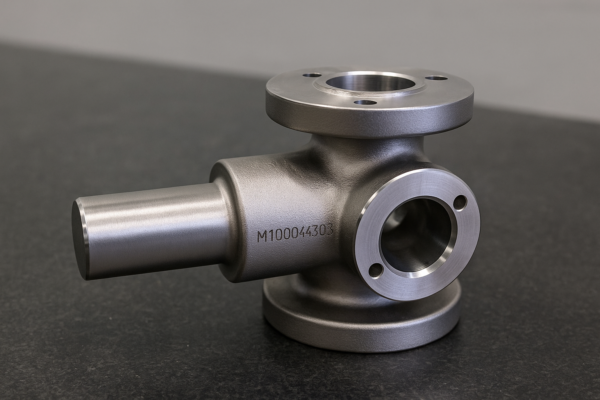What are examples of mineral components?
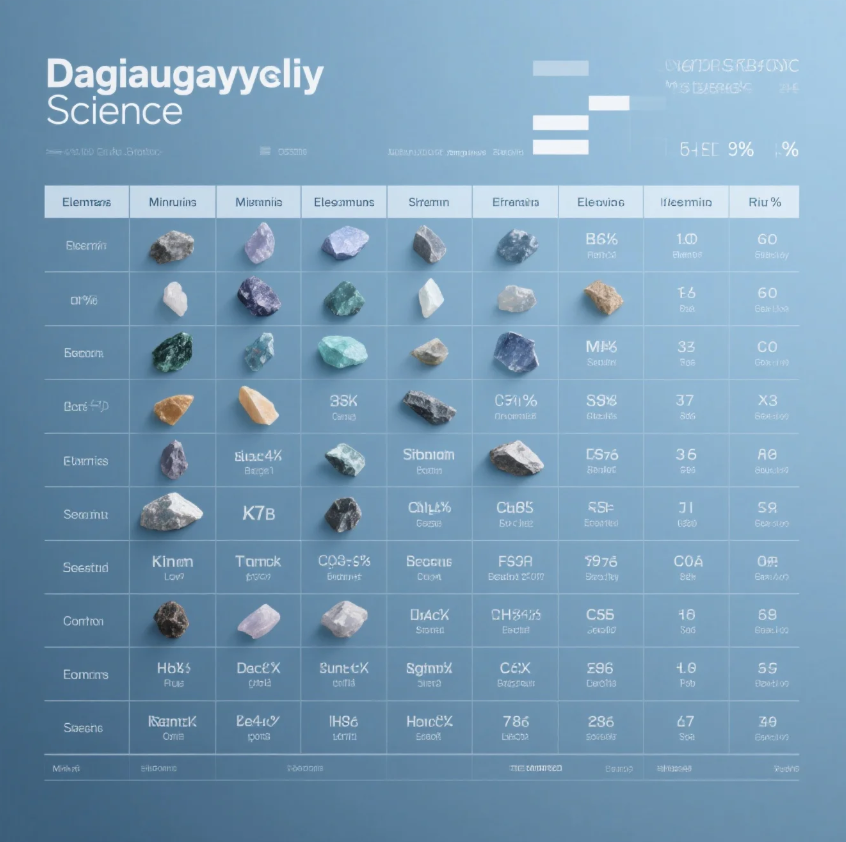
Minerals are essential for various biological and environmental processes. But what exactly are their components? Let’s break it down.
Snippet paragraph: Minerals consist of specific chemical components that play a crucial role in both health and industry.
Transition paragraph: Continue reading to explore the different examples of mineral components and their roles.
What is an example of a mineral composition?
A mineral’s composition refers to the combination of chemical elements that make it up. Let’s look at some examples of mineral compositions.
Snippet paragraph: A mineral’s composition determines its properties and usage, such as quartz being made of silicon dioxide.
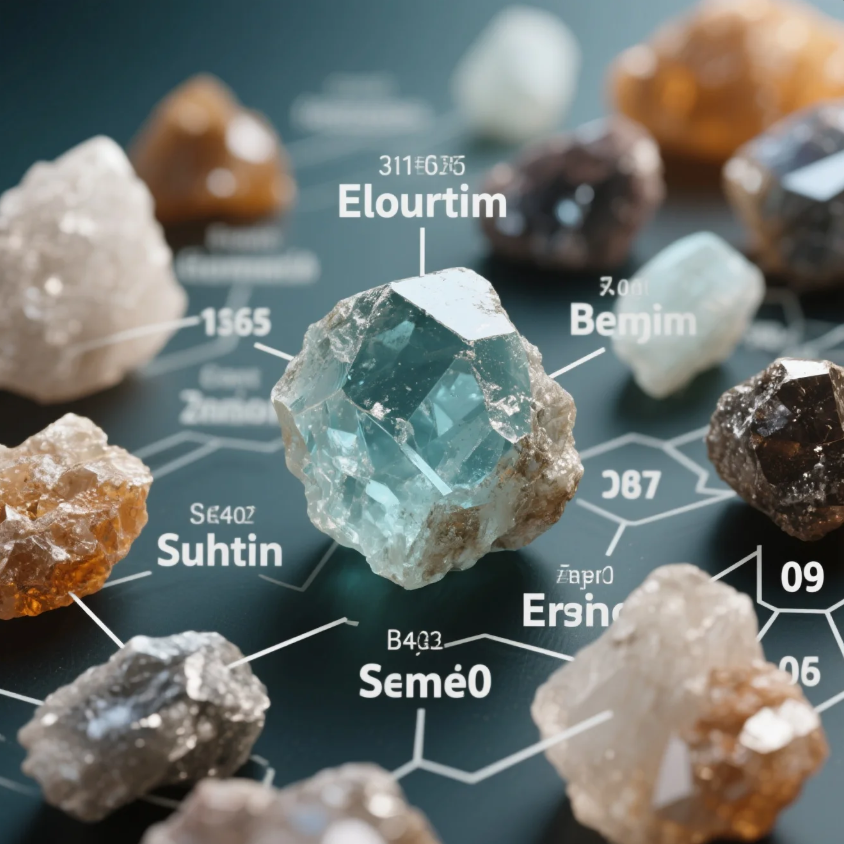
Dive-Deeper paragraph:
Mineral compositions vary, depending on the type of mineral. Here are a few examples:
- Quartz: Made primarily of silicon and oxygen (SiO₂), quartz is one of the most common minerals in the Earth’s crust.
- Halite: Commonly known as rock salt, halite is composed of sodium and chlorine (NaCl).
- Calcite: Composed of calcium carbonate (CaCO₃), calcite is often found in limestone and marble.
- Pyrite: Often called "fool’s gold," pyrite is made up of iron and sulfur (FeS₂).
- Mica: A group of minerals made up of silicate compounds, primarily consisting of aluminum, potassium, and magnesium.
Each of these minerals has a distinct chemical composition, which determines its characteristics, such as hardness, appearance, and uses in industry.
What are the 7 major minerals?
The seven major minerals are essential for human health and come in a variety of forms. Let’s explore their importance.
Snippet paragraph: The seven major minerals are calcium, potassium, sodium, magnesium, phosphorus, sulfur, and chlorine.
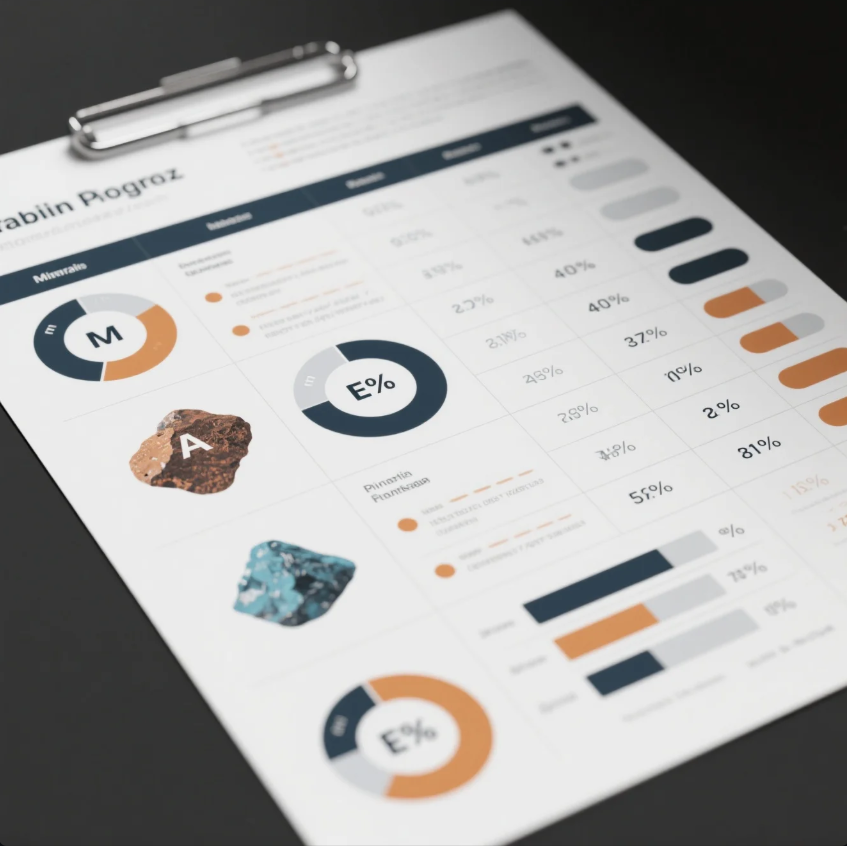
Dive-Deeper paragraph:
The seven major minerals include:
- Calcium: Found in bones and teeth, calcium supports skeletal health.
- Potassium: Essential for heart function and muscle contraction.
- Sodium: Regulates fluid balance and helps transmit nerve signals.
- Magnesium: Involved in over 300 biochemical processes in the body.
- Phosphorus: Works with calcium to form bones and teeth.
- Sulfur: Important for protein synthesis and detoxification.
- Chlorine: Maintains fluid balance and contributes to digestive health.
These minerals work together to ensure proper bodily function. They are involved in critical processes like maintaining fluid balance, bone structure, and nerve function.
What are the 5 elements of minerals?
When we talk about the elements of minerals, we are referring to the basic chemical elements that make up the mineral. Let’s break down the top five elements.
Snippet paragraph: The five key elements in most minerals are oxygen, silicon, aluminum, iron, and calcium.

Dive-Deeper paragraph:
The five essential elements that are found in many minerals include:
- Oxygen (O): The most abundant element in the Earth’s crust, it combines with other elements to form minerals like quartz and feldspar.
- Silicon (Si): Commonly found in silicate minerals, silicon is a major component of rocks like granite.
- Aluminum (Al): Found in minerals like feldspar and bauxite, aluminum is essential for creating various industrial materials.
- Iron (Fe): Present in minerals like magnetite and hematite, iron is used to make steel and other metals.
- Calcium (Ca): Found in minerals like calcite and gypsum, calcium is crucial for bone formation and industrial uses like cement.
These elements are the building blocks of many common minerals, and their combinations determine the mineral’s properties and uses.
What are the five examples of minerals?
Let’s take a closer look at five specific examples of minerals, each with distinct uses.
Snippet paragraph: Minerals like quartz, gypsum, and calcite serve different purposes, from construction to electronics.
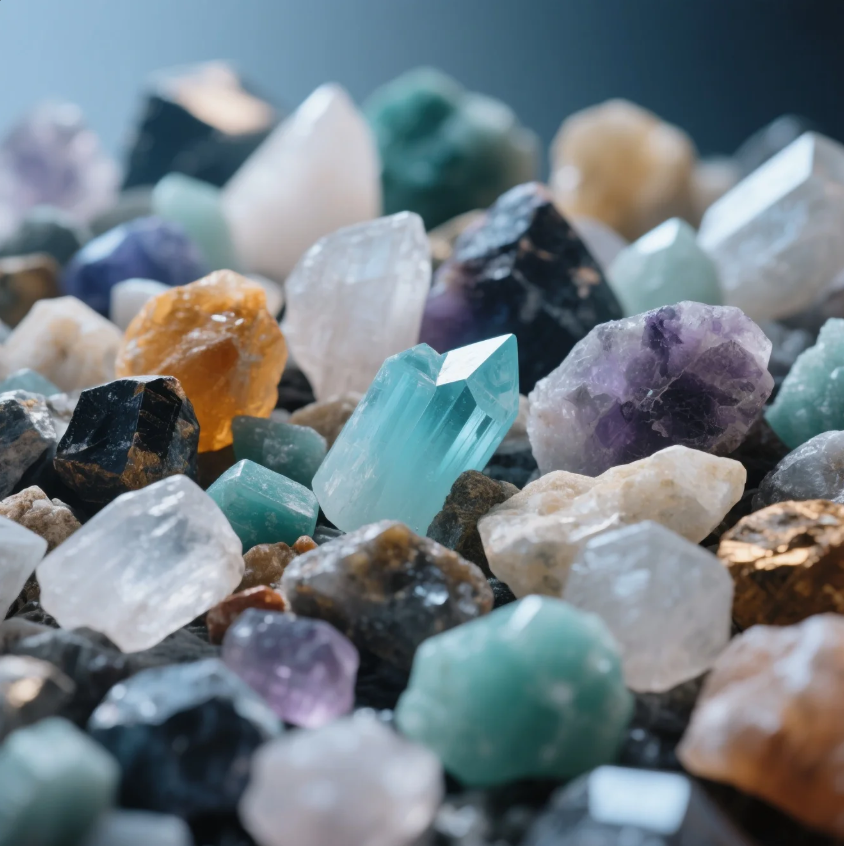
Dive-Deeper paragraph:
Here are five examples of minerals:
- Quartz: Used in electronics and as a decorative stone, quartz is made of silicon and oxygen.
- Gypsum: A soft mineral made of calcium sulfate, gypsum is commonly used in plaster and drywall.
- Calcite: Found in limestone, calcite is used in construction and as a soil conditioner.
- Hematite: A primary source of iron ore, hematite is crucial for steel production.
- Bauxite: The main ore of aluminum, bauxite is used to create aluminum metal.
These examples showcase the versatility of minerals and their importance in various industries.
Conclusion
Mineral components are essential in both biological functions and industrial processes. Understanding the different types and examples can help us appreciate their significance in everyday life.

